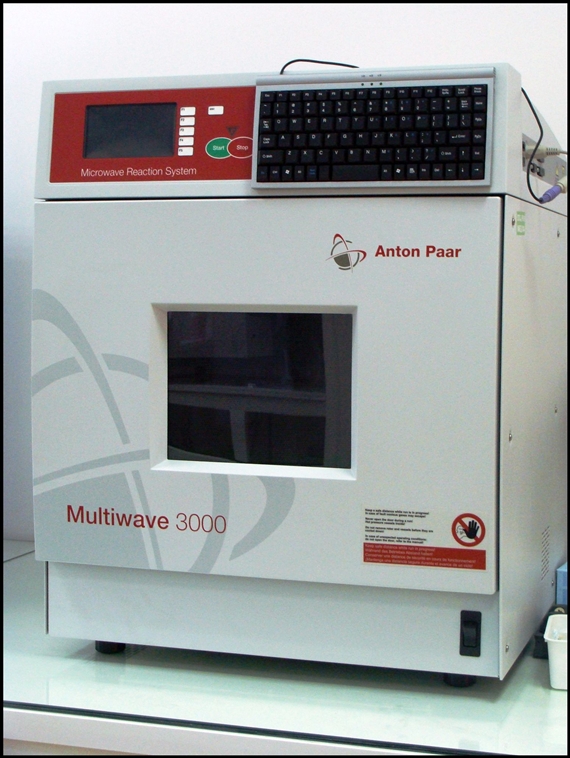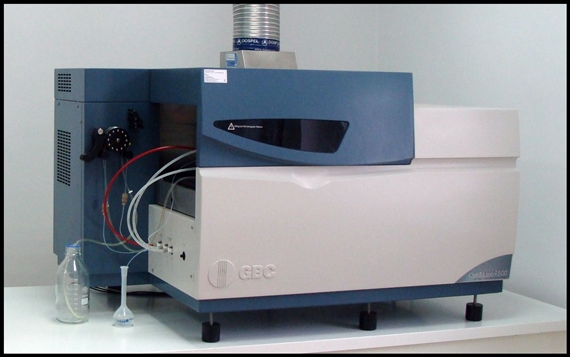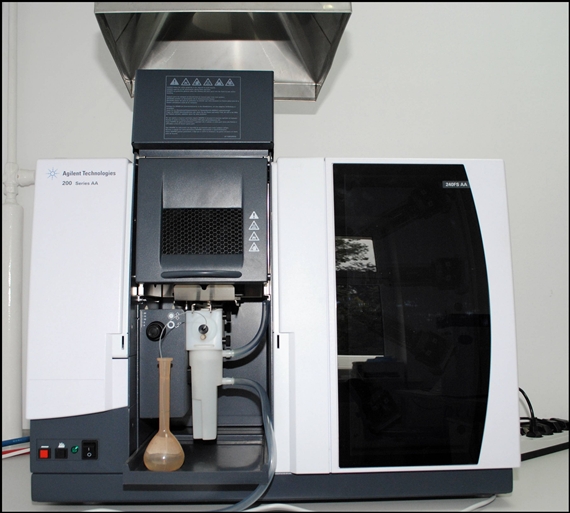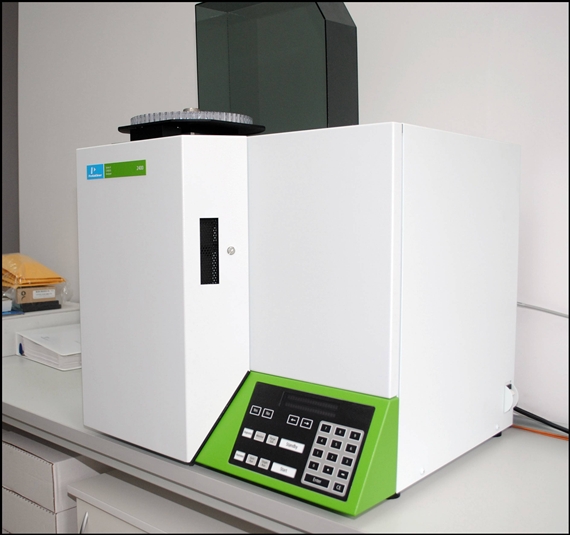Research Team
LABORATORY OF MINERAL ANALYSIS
The Laboratory of Mineral Analysis is a modern laboratory, established at the Institute of Dendrology of the Polish Academy of Sciences, equipped with the latest generation of equipment for elemental analysis.
Our priority is to ensure high quality and accuracy of the results and to perform the tests professionally, in accordance with the client's requirements and applicable regulations. To this end, LMA employs test control including analysis of certified reference materials, analysis of laboratory control samples, analysis of blank samples, and others.
APARATURE
Anton Paar's Multiwave 3000 microwave mineralizer

Modular microwave system with a maximum working radiation power of 1500 W, emitted in a non-pulsed manner, designed for sample dilution and solvent extraction.
Types of samples: plant material, soils, waters, sediments
Solutions: aqueous solutions (preferably in HNO3) for analysis. The total salt concentration in solutions should not exceed 0.4%. Minimum sample volume - 3-5 ml, maximum - 40 ml.
Solid samples: dried, ground, grain diameter < 2 mm
Minimum weight: 100 mg for ICP-TOF-MS, 500 mg for AAS
OptiMass 9500 spectrometer with ion transit time measurement from GBC

ICP-TOF-MS - Time of Flight Mass Spectrometry - is now a widely used technique for ion separation. The ions produced in an inductively coupled plasma are separated according to their value of mass ratio m to charge z. Ions with different m/z reach the detector at different time intervals.
ICP-TOF-MS, thanks to its high selectivity and sensitivity, makes it possible to determine the entire spectrum of elements at the same time and to determine the concentrations of individual isotopes of a given element. The ICP-MS method is used in elemental determinations in the analysis of biological, clinical, food, geological and environmental materials.
Range of ICP-TOF-MS analysis: Al, B, Ba, Ca, Cd, Co, Cu, Cs, K, Mg, Mn, Na, Ni, P, Pb, Rb, Sr, Zn and others
Atomic Absorption Spectrometer (AAS) from Agilent Technologies

Atomic Absorption Spectrometry (ASA or AAS - Atomic Absorption Spectrometry) - an analytical technique that allows the determination of chemical elements (primarily metals) in liquid, solid and gaseous samples. The measurement principle is based on the phenomenon of absorption of radiation of a specific wavelength by free metal atoms. The amount of absorption is a measure of the concentration of an element in the sample under study. The radiation source is a cavity cathode lamp (HCL) or an electrodeless discharge lamp (EDL)
Elements to be determined (lamps available): Cr, Co, Fe, Mn, Ni, Cu, Na, K, Pb, Cd, Ca, Mg, Cu, Zn
Elemental Analyzer - CHNS/O Analyser 2400 Series II from Perkin Elmer

Determination of nitrogen, carbon, hydrogen and sulfur in one analytical cycle by combustion and gas chromatography separation in any material: biological material, geological material, plastics, food, chemical preparations, fuels, etc.










